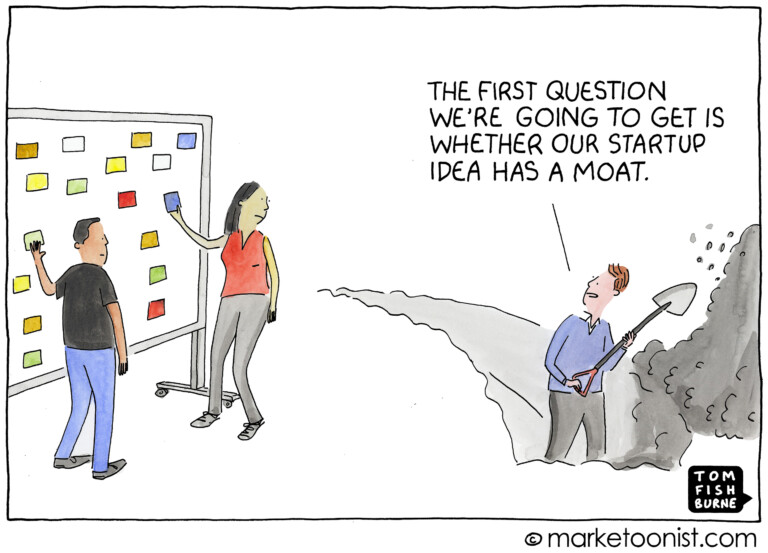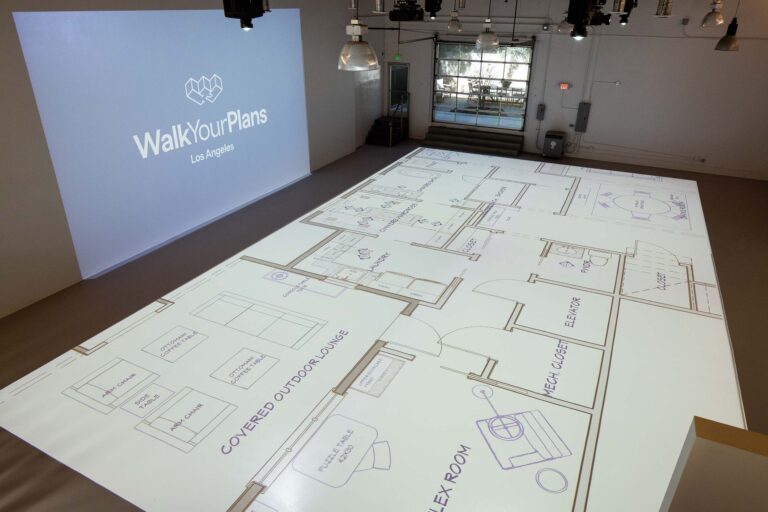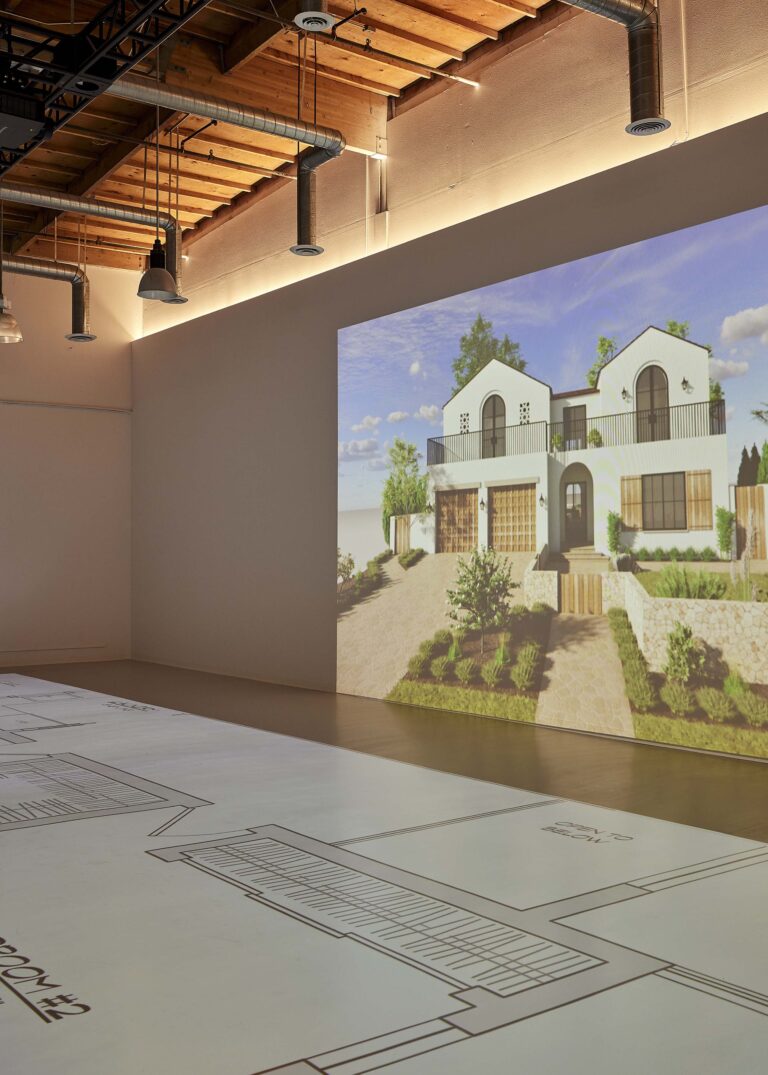Because Stories Take More Time, Effort, Introspection, Authenticity & Courage
And, that’s exactly what’s lacking in the marketing of today.
The emphasis for marketers has been on generating more media impressions versus creating lasting ones.
And with all of this data we have today – what is it that we’re measuring exactly?
Attention? Engagement? Click-through? Opt-in? Pageviews? Subscribers?
More importantly, how are we defining success?
By a few cleverly named KPIs? (That’s “key performance indicators” for those of you that don’t follow the cool and in-vogue marketing lingo of today.)
Forgive me, but I’m not impressed.
Increasingly Connected & Disconnected
I’m equal parts amazed, bewildered, frightened, and excited by the impact of the new connected world we live in.
Have you noticed, that despite our newfound real-time connectivity, in a way it feels like we’re more disconnected than ever?
The communication of today seems more superficial, lacks depth and critical thinking. Mostly, it’s a put-on.
Our narratives have changed, as well – tending to be more self-serving, attention-seeking, getting “likes” and “comments.”
What is it that we are seeking?
Validation? Authority? Approval? Fifteen minutes of fame?
In the end, I think the last decade will be looked back on as the “great marketing experiment,” when the consumer psyche was forever altered, content became ubiquitous, demand for consumer attention reached a critical mass, and trust in the advertising world forever changed for the worse.
You can already see the ill effects in the short-term and tactical thinking that dominates today’s marketers, forever impatient and beholden to the metrics of the day that defines their worldview.
For this to get better, something has to change.
What if You Did Something Different?
I’m fortunate to work in Hermosa Beach a few blocks from the beach, so I try to take advantage of that whenever I can by taking walks to the beach during lunch, listening to podcasts, and giving myself some quality time to think.
This week, I made it a point to smile at everyone I crossed paths with on my walk, and something interesting happened. They smiled back. They also paused and greeted me, asked how I was doing, told me to have a great day, and so on.
A simple gesture like smiling caused our busy worlds to pause for a moment, unlocking the most precious, scarce, and coveted thing marketers crave most – unbridled attention.
Marketing legend Jay Abraham speaks to this profoundly when he asks – “If you want to be interesting, be interested.”
Real, in-person, one-to-one human interaction – imagine the marketing possibilities!
If you’re a real estate agent, explore for a minute this most basic, yet remarkable concept.
What if you took the time out of your busy social media and interruptive advertising schedule to make it a goal to meet five new people a day?
I’m not talking about sending five more emails, postcards, etc. – I’m talking about in-person, human-to-human communication. Not just a handshake greeting, but a conversation.
And not a one-way conversation – one where you ask questions, listen deeply, and seek a greater understanding while realizing that everyone has a story to tell, and if you’re sincerely interested, they would be willing to tell it.
What would that conversation look like to you?
What impression would you make?
What if this becomes your most important KPI and marketing metric?
Do you think that would change your business?
Back to Jay Abraham, who states, “change your strategy, change your results.”
Five people a day, five days a week, that’s 25 per week or 100 per month, and 1,200 people per year.
The implications and possibilities are endless.
It’s often said that true success is found in the journey or process, not the outcome. If the process is hard, scary, and unknown – it’s probably worth doing (like storytelling).
The alternative, of course, is to take the easy path and keep doing what every other agent is doing, go unnoticed, and remain a commodity.
Or, you can do something entirely different.






